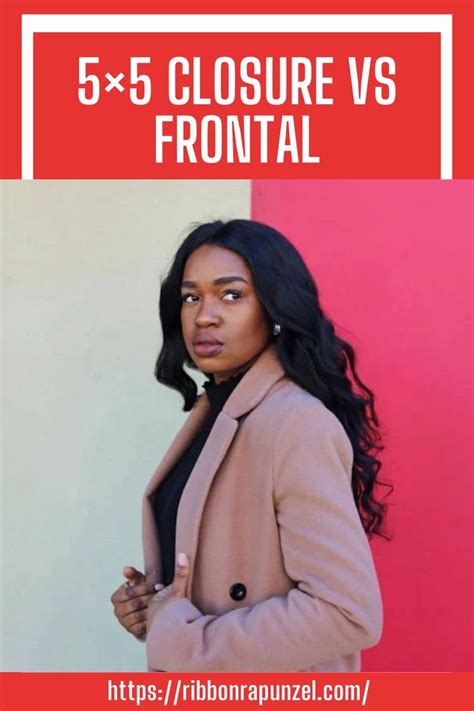In the world of filmmaking, closure and frontal are two contrasting notions that play a pivotal role in shaping the narrative and emotional impact of a film. This article delves into the intricacies of closure vs frontal, exploring their distinct characteristics, applications, and implications for storytelling.

Closure: Bringing the Journey to Completion
Closure, a fundamental element of narrative structure, refers to the sense of resolution or completion that an audience experiences at the end of a film. It involves providing a satisfactory resolution to the story’s central conflict, answering lingering questions, and tying together loose ends.
Defining Characteristics of Closure:
- Provides a definitive ending to the story
- Answers major plot points and character arcs
- Leaves the audience with a sense of satisfaction and resolution
- Facilitates emotional catharsis and closure
Examples of Closure:
- In “The Shawshank Redemption,” the protagonist’s escape and reunion with his friend provides a clear and satisfying conclusion.
- In “Titanic,” the ship’s tragic sinking and the protagonist’s sacrifice offer a poignant and emotionally resonant resolution.
Frontal: Leaving the Audience in Suspense
Frontal, in contrast to closure, involves withholding information or leaving the story’s resolution ambiguous. This approach creates a sense of suspense, anticipation, and uncertainty, leaving the audience to ponder the film’s implications.
Defining Characteristics of Frontal:
- Ends the story without providing a clear resolution
- Leaves major plot points and character arcs unresolved
- Provokes thought and discussion by raising unanswered questions
- Conveys a sense of mystery, intrigue, or open-endedness
Examples of Frontal:
- In “The Usual Suspects,” the true identity of Keyser Söze remains a mystery, leaving the audience to speculate and debate the film’s ending.
- In “2001: A Space Odyssey,” the film’s enigmatic finale leaves the audience grappling with its profound philosophical implications.
Applications of Closure vs Frontal
The choice between closure and frontal depends on the intended impact of the film. Closure can provide a satisfying and emotionally cathartic experience, while frontal can stimulate thought, provoke discussion, and leave a lasting impression on the audience.
Closure is often used in:
- Romantic comedies
- Family dramas
- Blockbuster thrillers
- Animated films
Frontal is often used in:
- Psychological thrillers
- Noir films
- Science fiction
- Arthouse cinema
Benefits and Drawbacks of Closure vs Frontal
Closure:
- Provides a sense of resolution and satisfaction
- Facilitates emotional catharsis
- Can leave a lasting positive impression
- Can be more accessible to a wider audience
Drawbacks:
- Can be predictable or formulaic
- May limit the film’s potential for thought-provoking discussion
Frontal:
- Creates suspense and anticipation
- Provokes thought and discussion
- Can enhance the film’s artistic merit
- Can leave a lasting impression by lingering in the viewer’s mind
Drawbacks:
- Can be frustrating for audiences seeking resolution
- May hinder emotional catharsis
- Can be more challenging to execute effectively
Tables for Comprehensive Understanding
To provide a comprehensive understanding of closure vs frontal, we present the following tables:
| Characteristic | Closure | Frontal |
|---|---|---|
| Resolution | Provides clear resolution | Withholds resolution |
| Impact | Emotional catharsis, satisfaction | Suspense, anticipation |
| Audience response | Positive, satisfying | Thoughtful, reflective |
| Accessibility | Wider audience | Niche audience |
| Application | Closure | Frontal |
|---|---|---|
| Romantic comedies | Yes | No |
| Blockbuster thrillers | Yes | No |
| Noir films | No | Yes |
| Arthouse cinema | No | Yes |
Conclusion
Closure and frontal represent two contrasting storytelling techniques with distinct applications and impacts. Closure provides a satisfying and emotionally cathartic experience, while frontal creates suspense, provokes thought, and leaves a lasting impression. The choice between the two depends on the intended impact of the film and the artistic vision of the filmmaker. By understanding the nuances of closure vs frontal, filmmakers can effectively craft compelling narratives that resonate with audiences.
